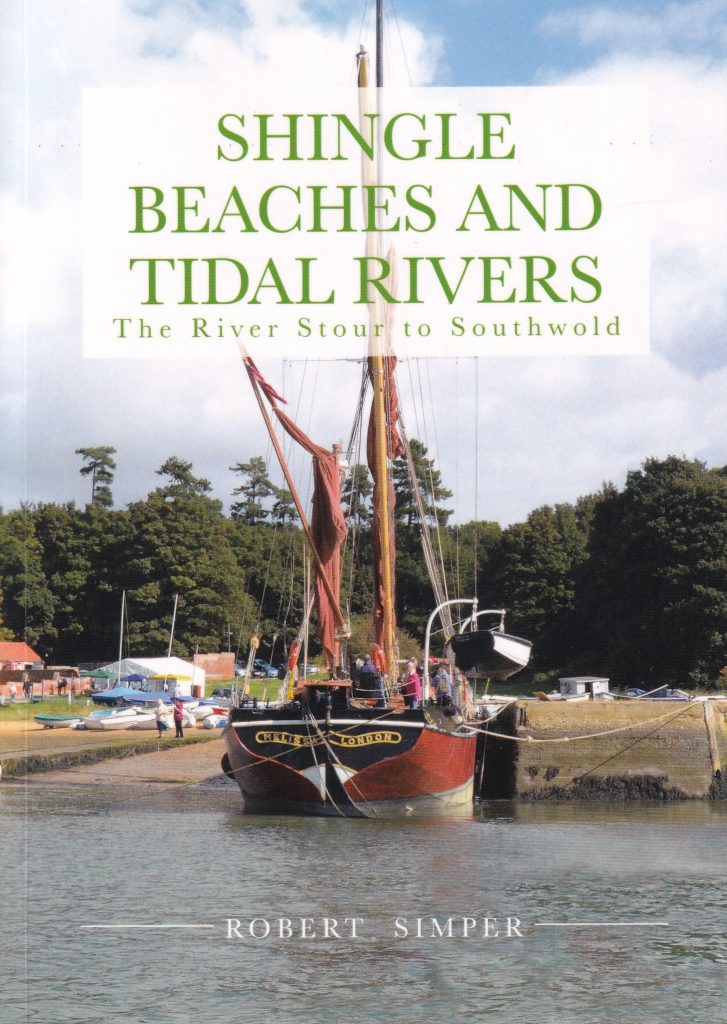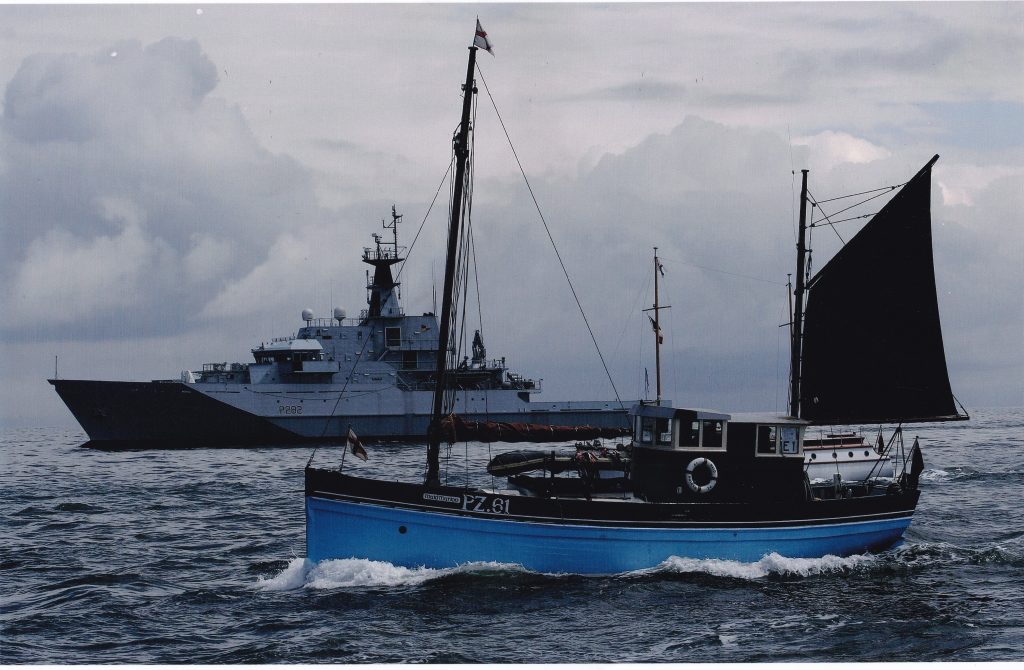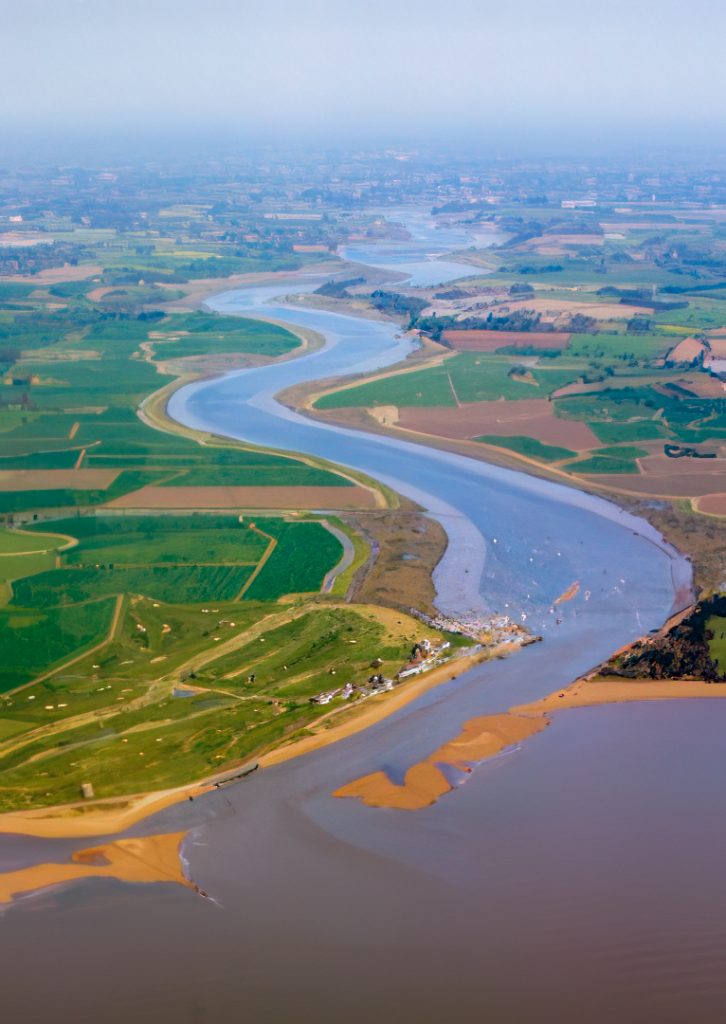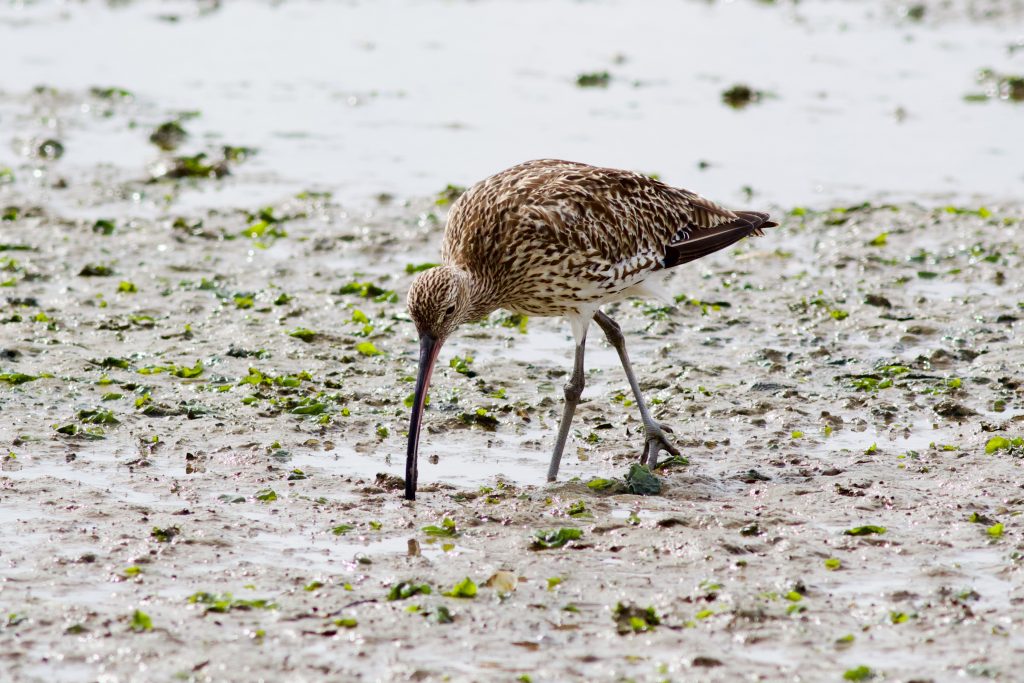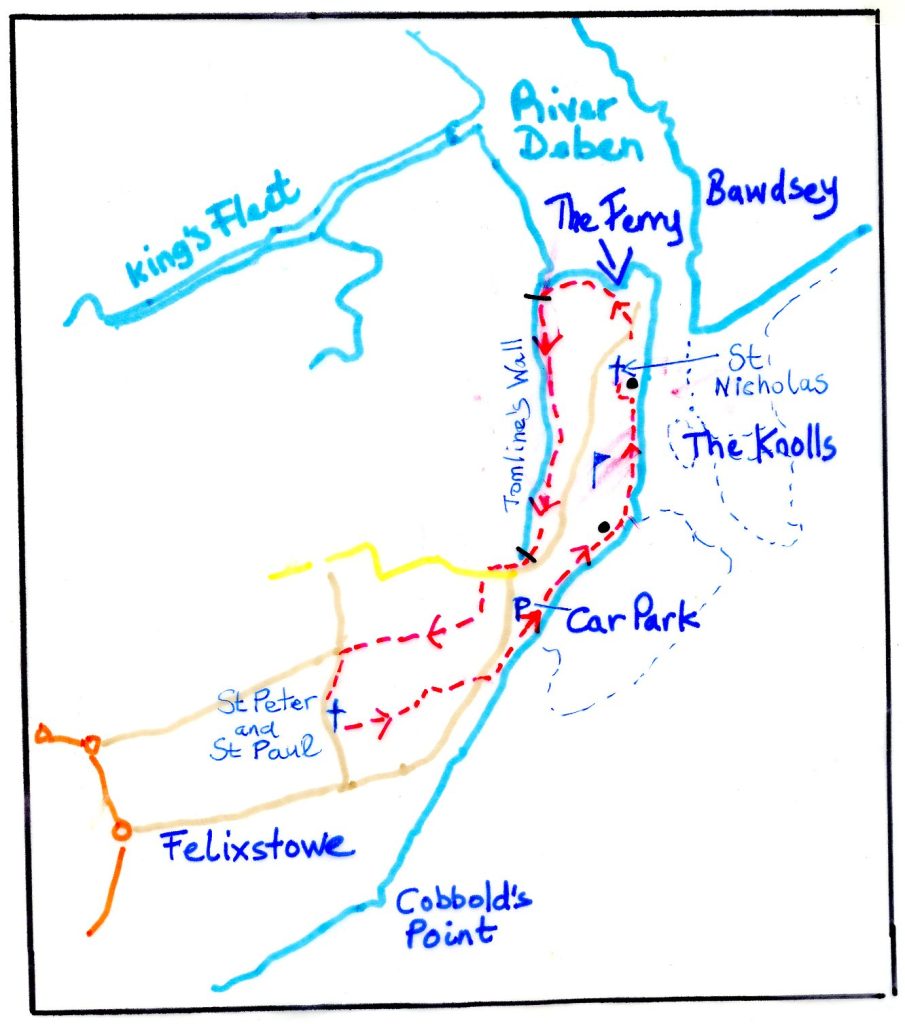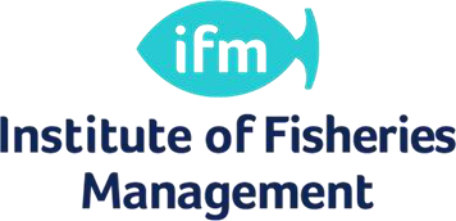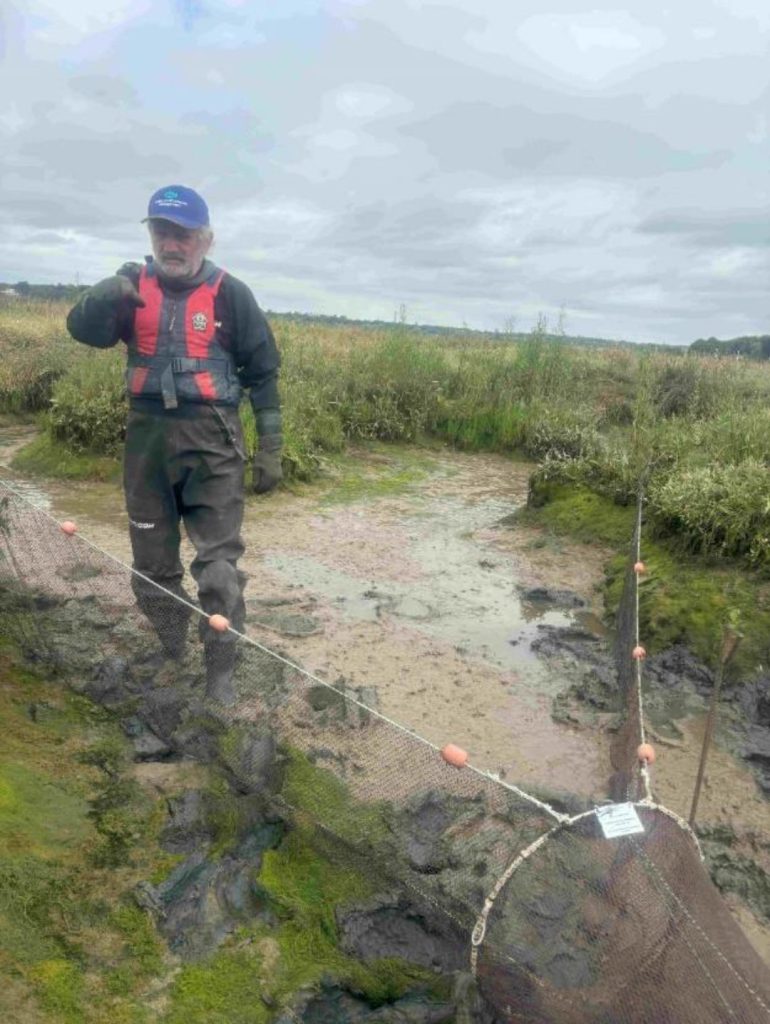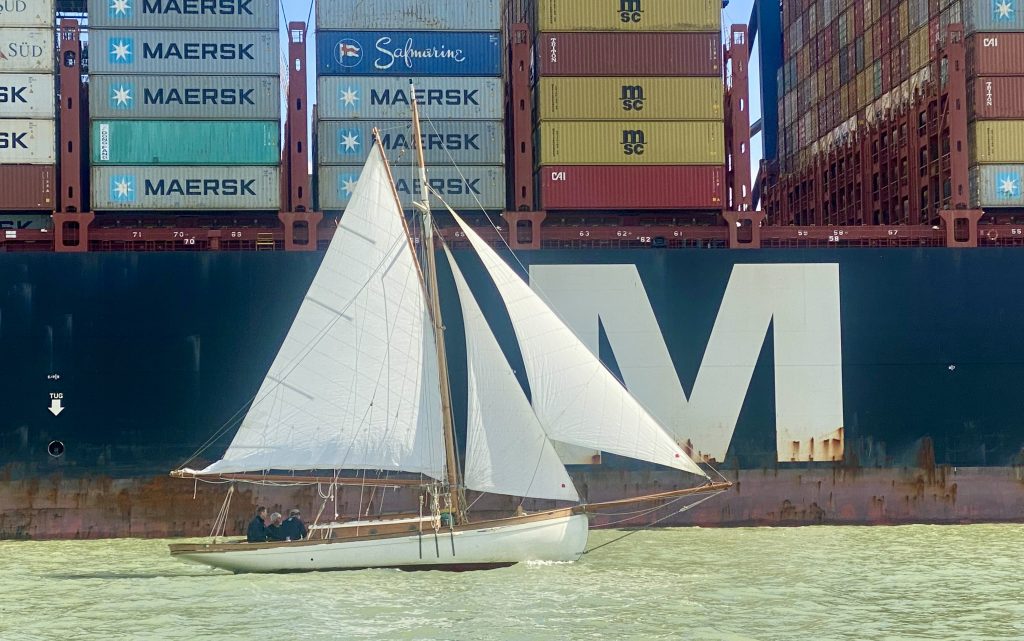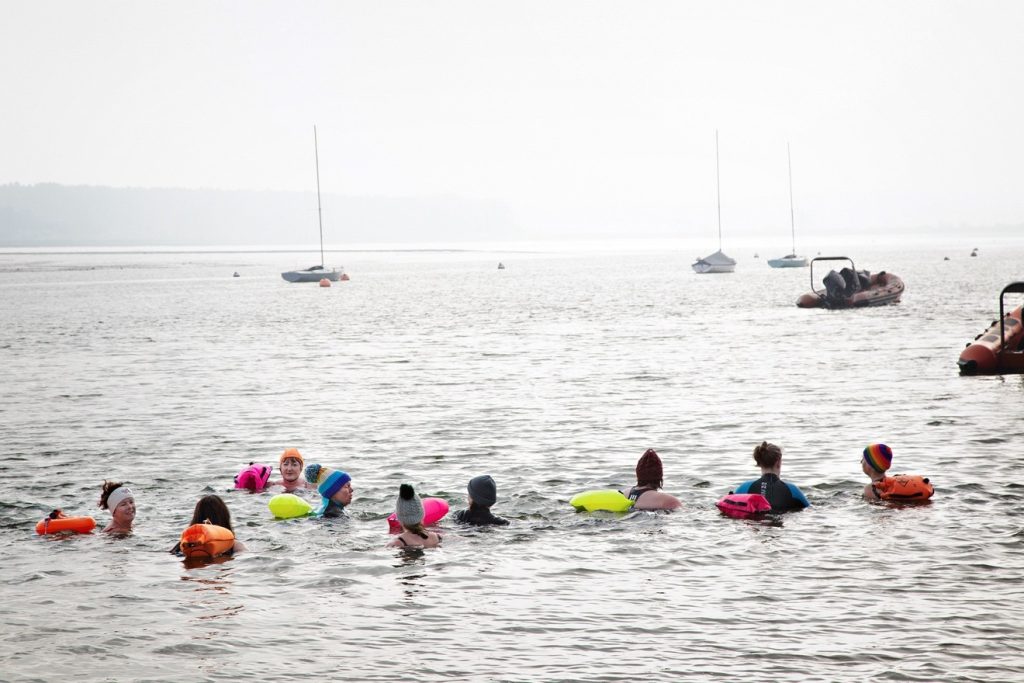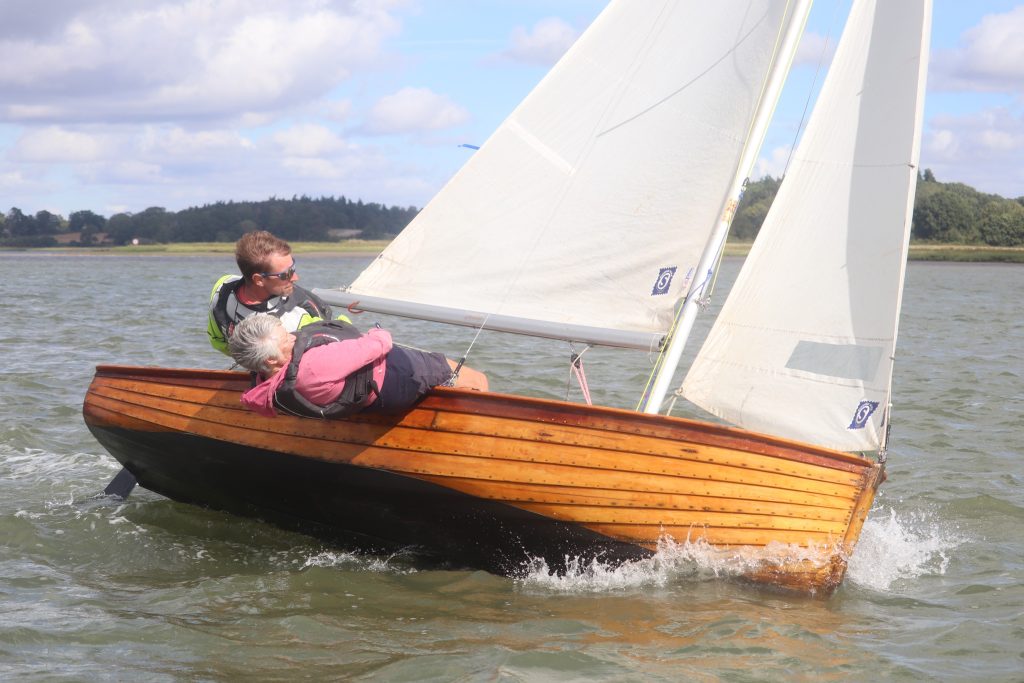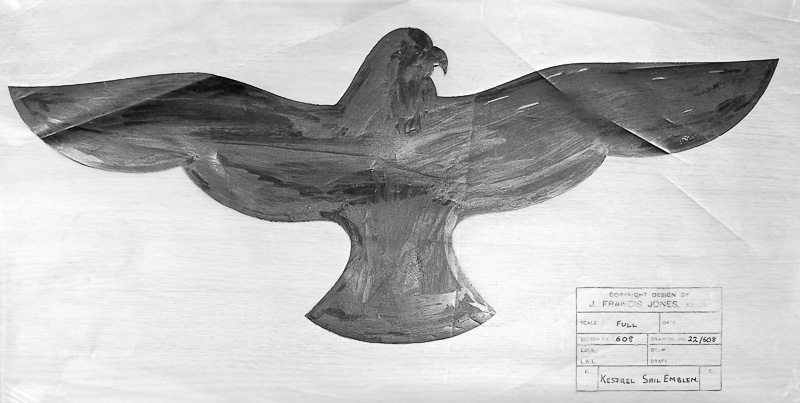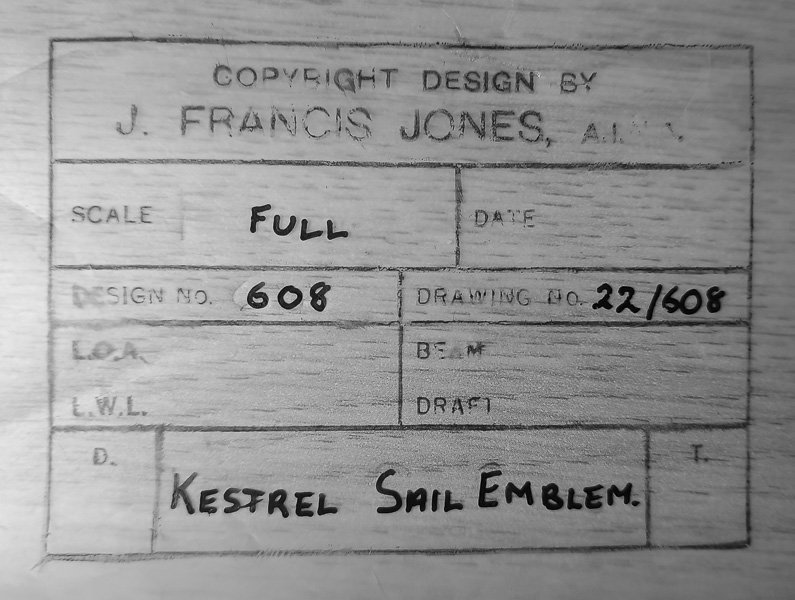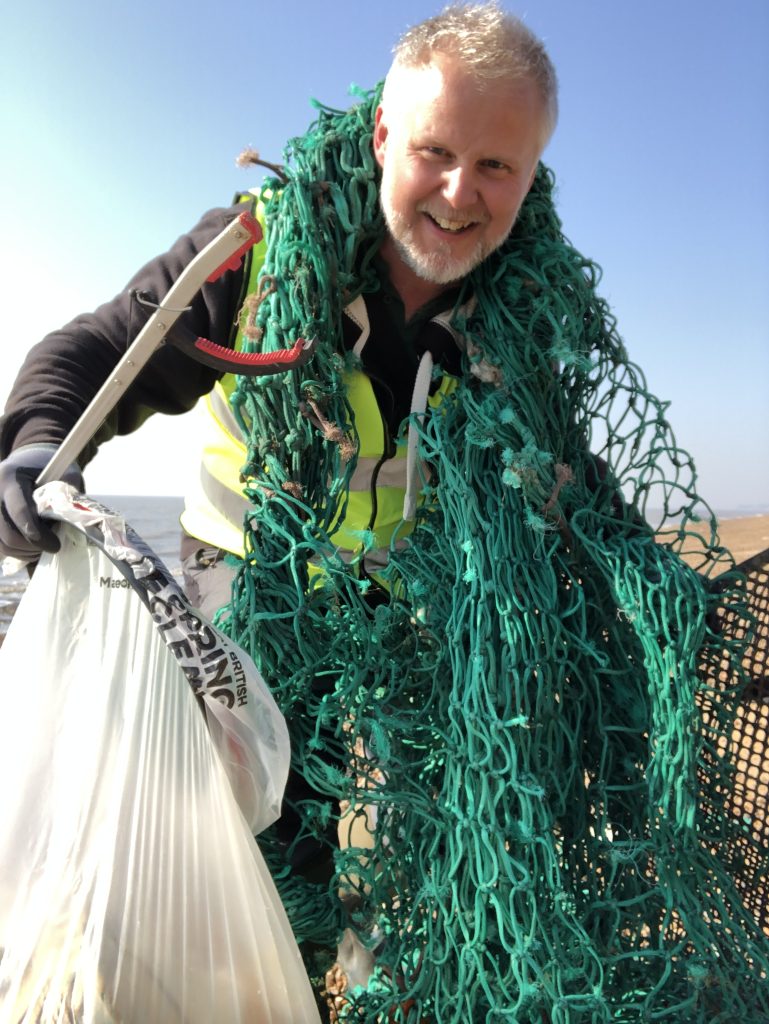A review of Shingle Beaches and Tidal Rivers: the River Stour to Southwold by Robert Simper
Published Creekside Publishing £16.50
By Julia Jones
This is Robert Simper’s farewell to the stretch of Suffolk coast that he has known and loved over more than 80 years. In its introduction he recalls his wartime childhood living at Bawdsey watching bombers coming and going and sometimes aerial dogfights between the RAF and attacking German planes. He was clearly an inquisitive child and one who was shaped by his East Coast environment. ‘The North Sea was in front of us. It looked a cold and unwelcoming place and as time when by I found out it was just that. However, I was fascinated by the rivers and places beside the sea and felt I had to explore them.’
Continue reading
